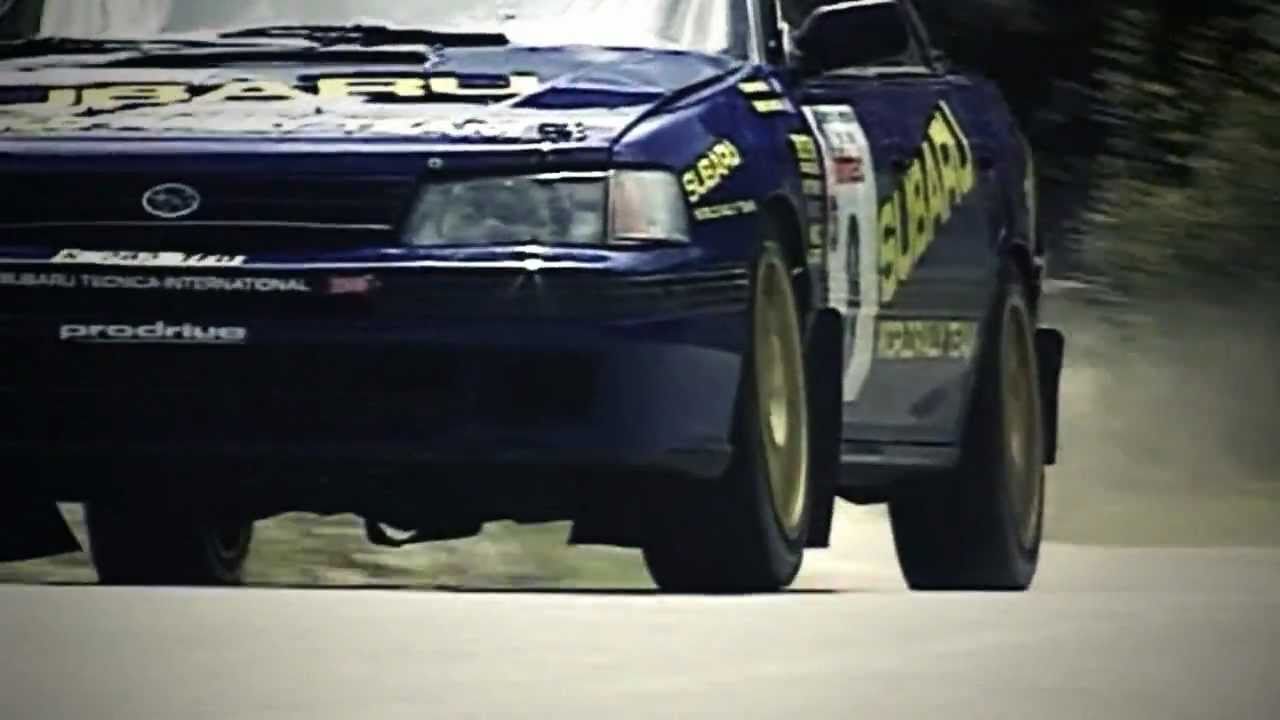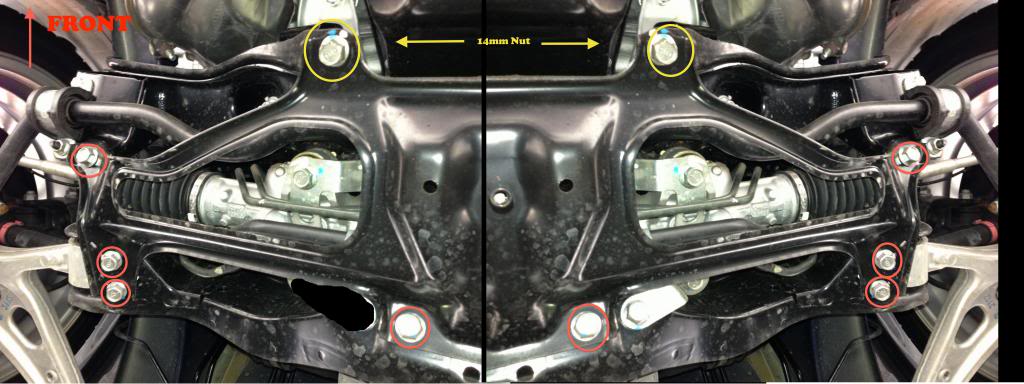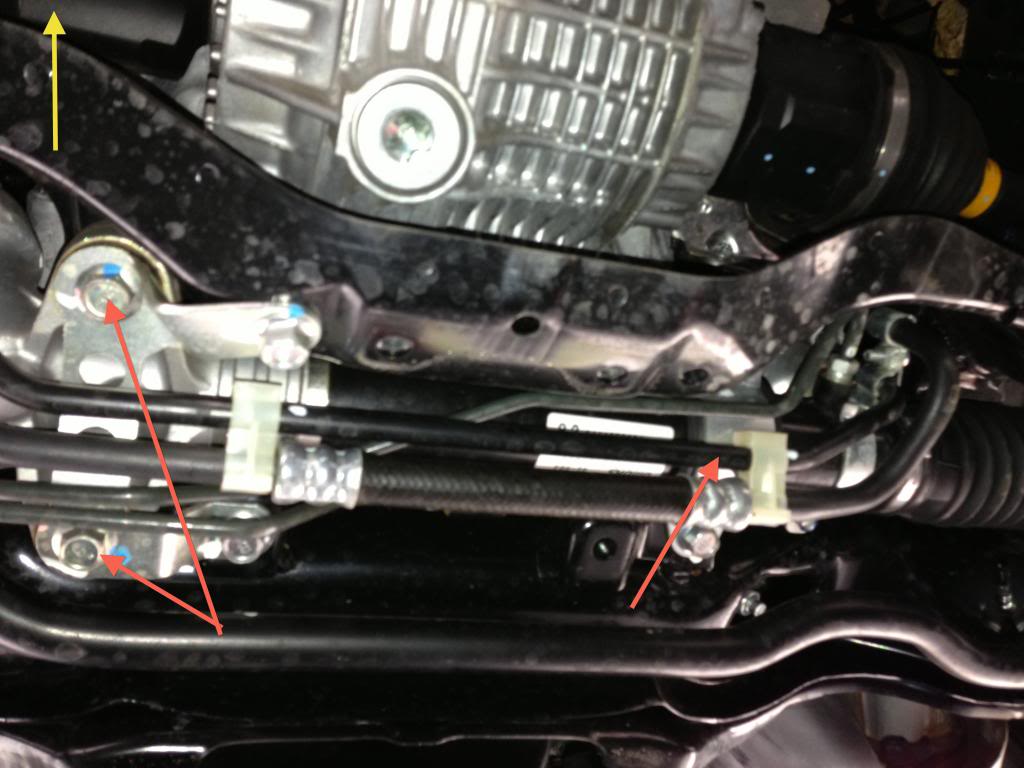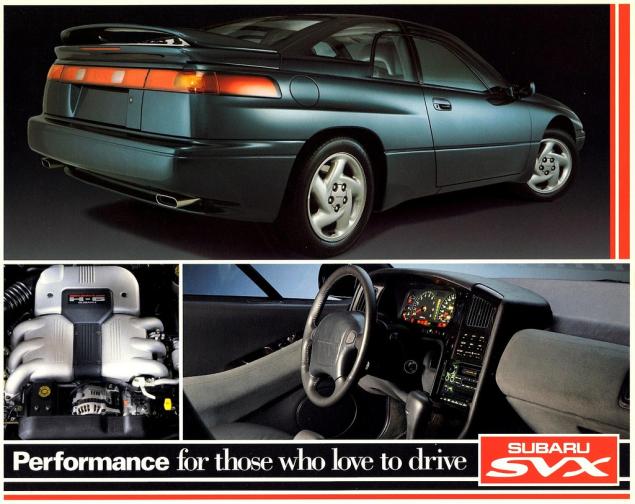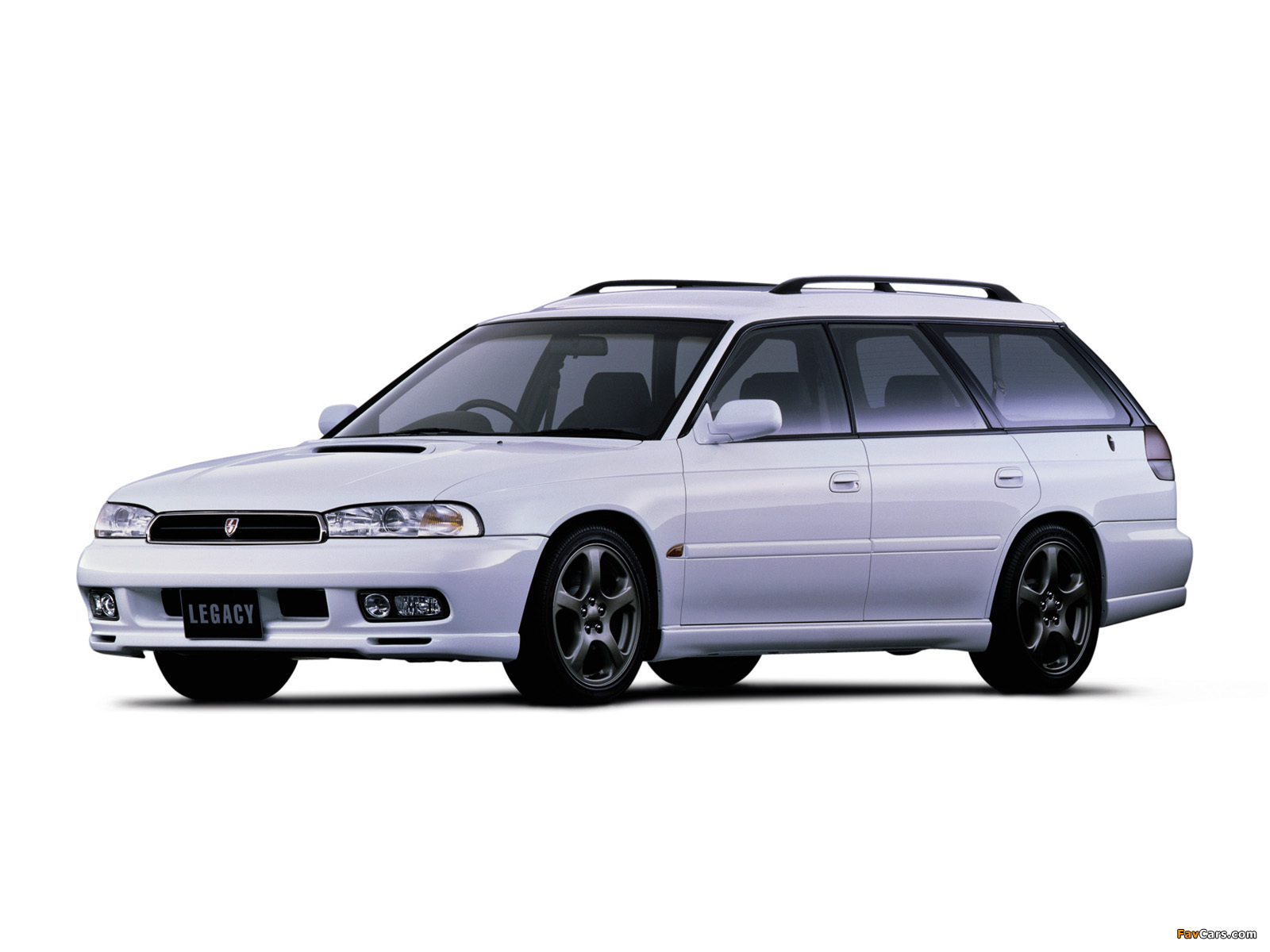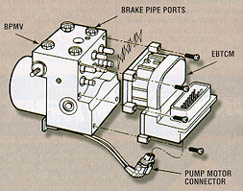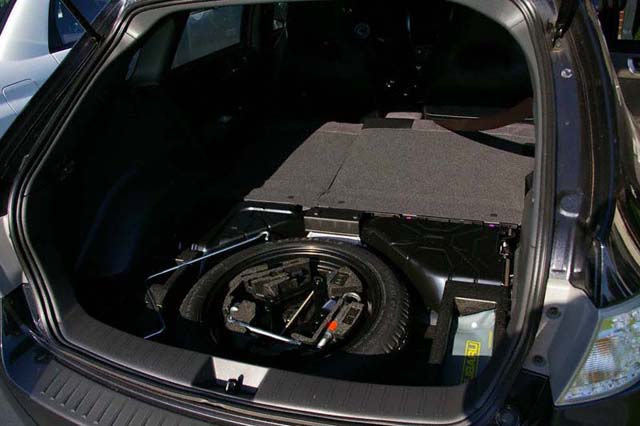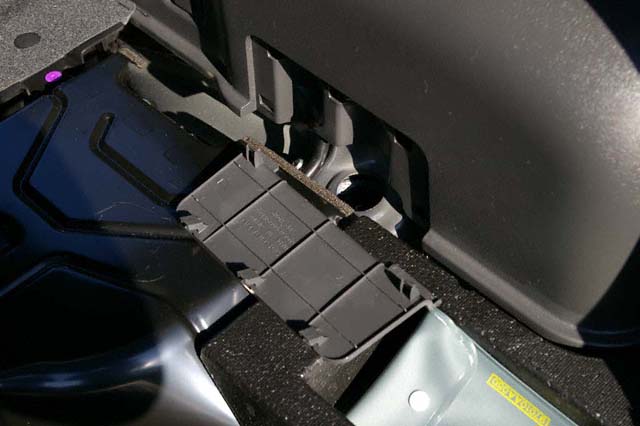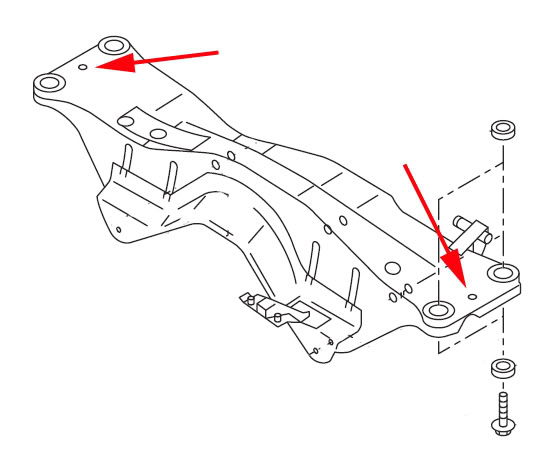Valve Adjustment DOHC 2.5 Liter Engine:
The first versions of the 2.5 liter twin cam engines employed non-hydraulic valve actuation. Like the timing belt, the clearance between the engine valves and the shim and bucket valve actuators does not require inspection and/or adjustment until 105,000 miles have elapsed. However, various circumstances may require an adjustment before that milestone is reached.
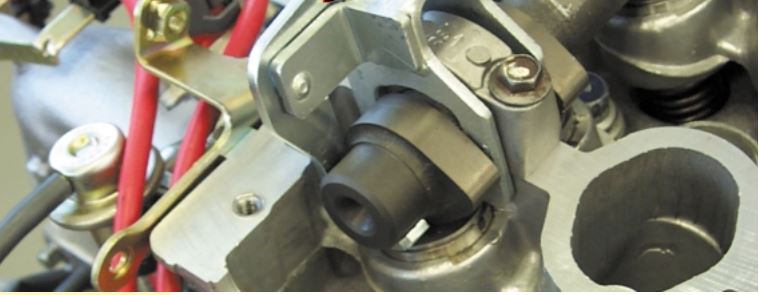
Clearance is tight and there is little room to work between the cylinder heads and the left and right frame rails. A special tool (ST 49818700) is available for depressing the valves and removing the adjusting shims. Without this tool, the job is impossible to accomplish with the engine in the car. Once again, we had the benefit of working on an engine that had already been removed from the car. Before you can adjust the valves, the engine must be cold. Consult the service manual to determine the parts that will need to be moved or removed to make some room to work.
Unlike some overhead cam engines that require you to rotate the cam until each cam lobe is facing 180 degrees away from the adjustment shim, Subaru has very specific procedures for adjusting four valves at a time (a pair of intakes and a pair of exhausts). The pairs of intakes and exhausts are never for the same cylinder, which makes things rather interesting. This system requires you to turn the crankshaft a total of four times to complete the adjustment procedure.

